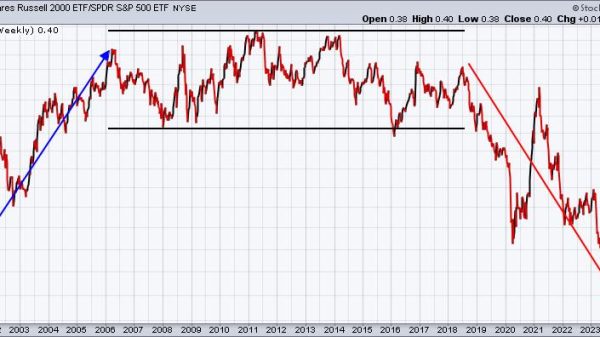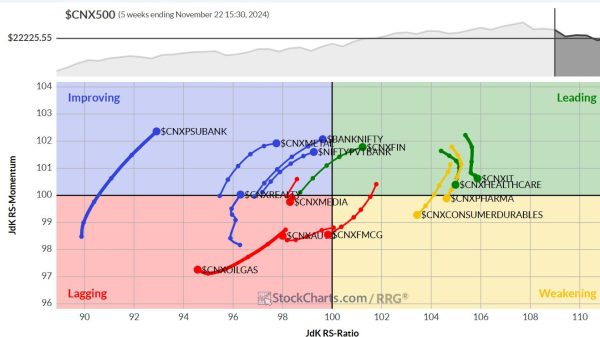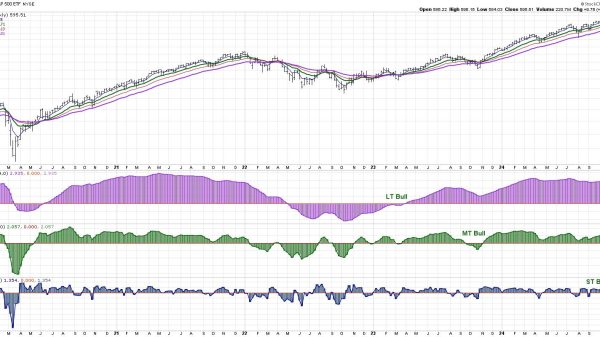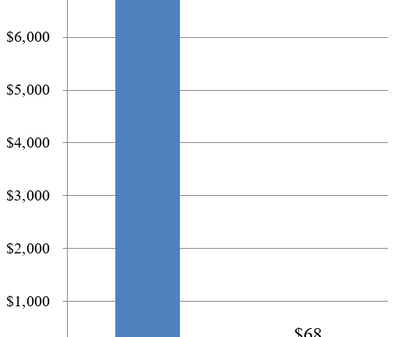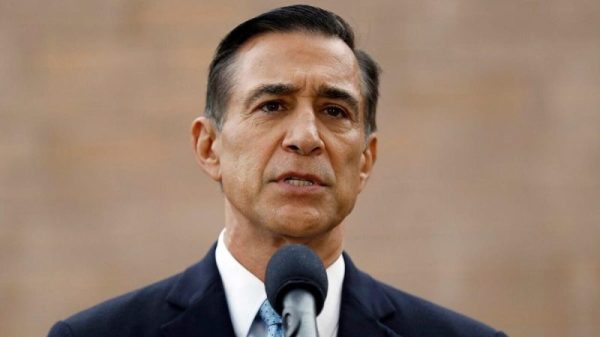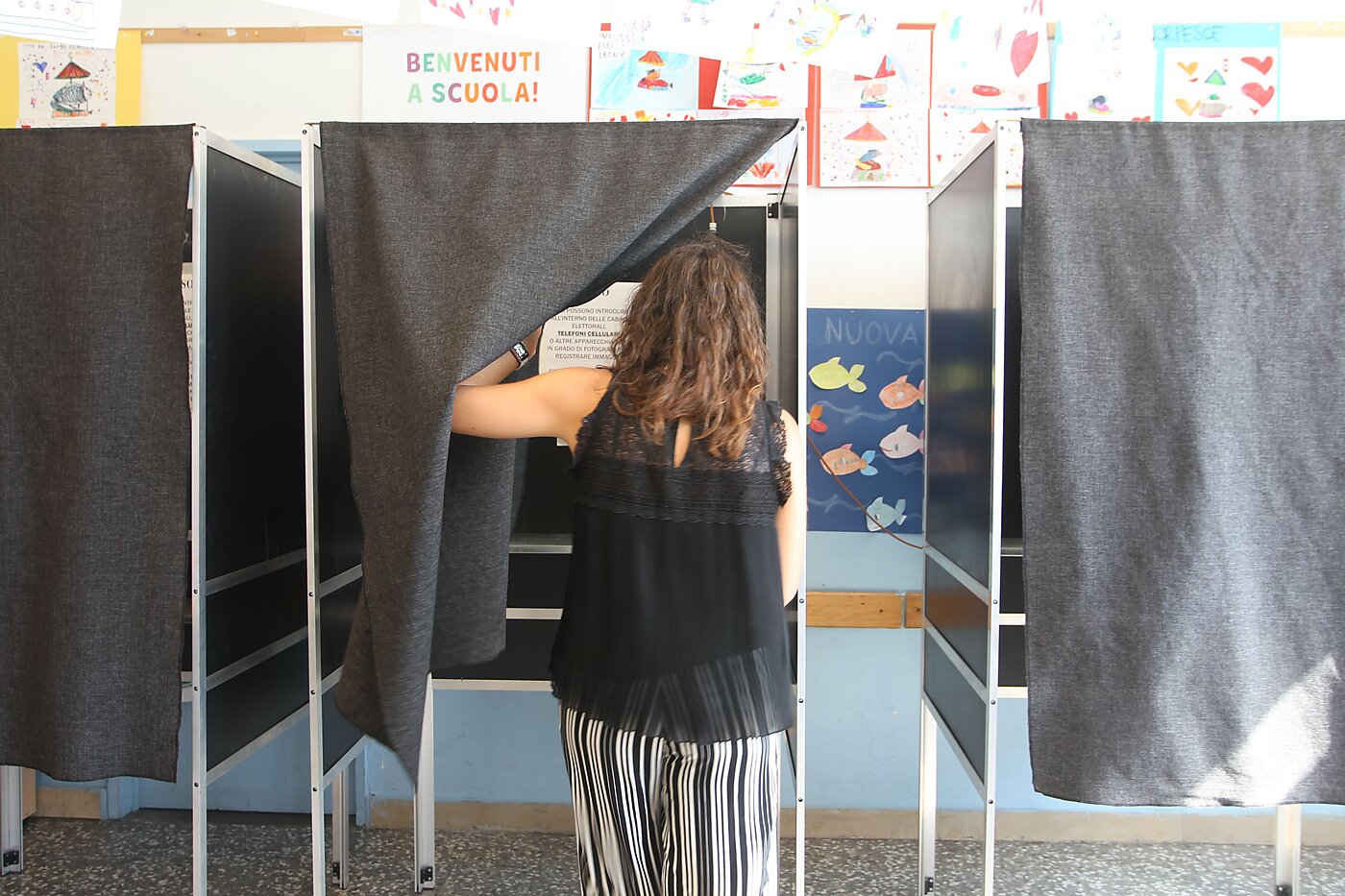While the presidential election and key Senate races are getting most of the attention this week, voters are also weighing in on hundreds of ballot measures around the country. Too often, the short summaries of initiatives, bond measures, and tax hikes appearing on ballots are not fully informative and sometimes are deceptive. Politicians and bureaucrats who criticize companies for misleading commercial advertising seem unconcerned with the fact that consumers in their role as voters are also being fooled.
Deceptive ballot language has been especially problematic in California, which pioneered direct democracy but now struggles with the effects of one-party state government. Partisan attorneys generally write state ballot titles that please the dominant party and its special interest group supporters, while litigation aimed at making the ballot language more accurate is rejected by the state’s courts, whose judges are most often politically aligned.
Nonprofit media outlet CalMatters reported on this phenomenon in 2020. Among the questionable ballot labels it cited was the one for that year’s Proposition 15, which would have raised commercial property taxes by more than $10 billion annually. But voters filling out their ballots saw the following:
Increases Funding for Public Schools, Community Colleges, and Local Government Services by Changing Tax Assessment of Commercial and Industrial Property
When the Howard Jarvis Taxpayers Association (HJTA) sued over the ballot language, a California judge concluded that while the title “may be somewhat misleading, the Court is not convinced the sentence is so misleading that it justifies judicial intervention.”
This year, California is seeing a similar dispute around Proposition 5, which would reduce the threshold for passing local government bonds from two-thirds to 55 percent. This month’s ballot summarizes the measure as follows:
Allows local bonds for affordable housing and public infrastructure with 55% voter approval.
The HJTA sued over this language as well but an appellate court upheld the attorney general’s wording, concluding that “the language for the ballot label, which incorporates a ‘condensed version of the ballot title and summary,’ concisely and accurately describes Proposition 5 in terms that are not misleading.” But voters unaware that the current threshold for bond passage is much higher than 55 percent would certainly be misled by this incomplete title.
Misleading ballot language is not limited to California. In Ohio, Citizens Not Politicians, a progressive group, obtained enough signatures to place Issue 1 on the November 5 ballot. If passed, the measure would replace a legislatively appointed redistricting commission with one appointed by retired judges and whose members cannot be current elected officials and which must include an equal number of Republican, Democratic, and non-aligned members.
The Ohio Secretary of State titled Issue 1 on ballots as follows:
To create an appointed redistricting commission not elected by or subject to removal by the voters of the state.
Citizens Not Politicians sued but was largely unsuccessful. Although the Ohio Supreme Court agreed to make some changes to the more detailed ballot summary, it left the biased title in place, stating, “The ballot title tells the voters, in condensed form, what they are being asked to vote on, and nothing in it is factually inaccurate.”
In Ohio, like California, courts defend elected officials’ discretion to mislead voters about ballot measures so long as they do not lie outright. One is left to wonder whether the government applies a similar standard to corporate advertising.
Los Angeles County’s Department of Consumer and Business Affairs provides examples of what it considers to be false advertising. The Department says that a retailer cannot say “Now through Saturday only $1.99” when the product’s retail price is $1.99 and will thus continue to be that price after Saturday. It also tells us that packaging for children’s toys must say “Assembly Required” if the contents are not fully assembled.
But companies violating these standards are not lying outright, so how are they different from state officials providing incomplete and thus misleading information on the ballot?

